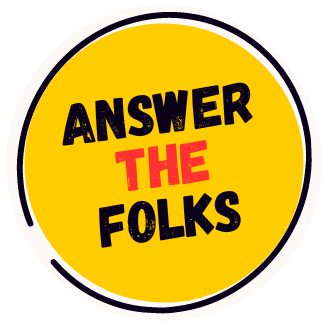Cracking the “Mhm” Code: How to Respond Smartly
We’ve all been there – pouring our heart out to a friend only to get a lukewarm “mhm” in response. While seemingly harmless, this little utterance can leave you wondering – are they actually listening? Bored? Judging your life choices? It’s enough to drive anyone slightly crazy trying to decipher what it really means.
The truth is, the meaning behind a “mhm” can vary greatly depending on context, tone, and even generation. What one person sees as polite acknowledgment, another may interpret as disinterest. Rather than losing sleep over it, the key is learning to effectively communicate in response. Let’s break down the nuances and how to handle a “mhm” like a pro.
Acknowledgment or Agreeement
Most basically, “mhm” can simply signal understanding, like saying “Okay” or “I’m following you.” This is likely the intent from an older generation who see it as a respectful way to listen without interrupting.
Disinterest or Boredom
On the flip side, repeated “mhms” without further elaboration may hint at disengagement. If it’s from someone you know well, don’t be afraid to call it out lightheartedly: “Wow, you seem thrillingly invested in my story!” A little humor can get your point across.
Buying Time to Think
At times, “mhm” functions like a placeholder, giving the impression of active listening while their brain catches up. In this case, continuing as normal is perfect.
The Brutally Honest Variation
With certain personalities or contexts, “mhm” takes on a subtly sarcastic tone implying less than favorable opinions. Here, being direct but playful works best. “Oh really now? Do tell me more about how boring you find my weekend…”
The Generational Factor
Kids these days infuse “mhm” with far more nuance than their parents. What’s a polite nod to one could mean eyerolling contempt to another. Understanding differing perspectives avoids misinterpreting intent.
So in summary – “mhm” decodes vary greatly based on the company. But with emotional intelligence and good humor, any response can be navigated smoothly. Here are some tactical tips:
Keep it Flowing
If you suspect polite listening, throw out an open-ended question to spark engagement, like “What are your thoughts on that?” Restating their viewpoint for insight also works well.
Related: How to Respond to Nice to Meet You
Match the Tone
Take cues from their delivery – casual friends may appreciate playfulness, but with professional colleagues, stick to positivity and brevity.
Address Disinterest Gently
Don’t accuse, but do say something like “You seem a little checked out – want to talk about something more exciting?” Leave the ball in their court gracefully.
Mind the Generational Gap
The meaning behind “mhm” evolves quickly. Strive to understand differing perspectives to avoid grating responses across age groups.
When “Mhm” Gets Sticky
Not every “mhm” encounter is straightforward. Occasionally, you’ll pick up on underlying tones that require a more thoughtful response. Here are a few scenarios:
The Sassy “Mhm”
This variant implies something more along the lines of “Uh huh, sure…” when you know they disagree. Light humor can take the edge off: “Oh I see that look in your eye – lay it on me, what’s REALLY on your mind?”
“Mhm” Masking Discomfort
If the topic feels tense, their muted feedback may stem from unease. Reassure them it’s okay to be honest by saying something like “You can tell me if you’d rather not discuss this.”
“Mhm”, the Non-Committer
In important discussions, “mhm” as the sole response lacks follow-through. Gently prod for clarity, e.g. “Help me understand your perspective on this – what are your thoughts?”
Repeating Offenders
Consistently lukewarm “mhms” suggest deeper issues. Schedule dedicated catch-up time and broach the subject openly: “Lately it seems like something’s up – I’m here if you want to talk.”
Special Considerations
A few other factors that alter “mhm” dynamics:
- Tone/body language provide valuable context clues over text/calls.
- Cultural norms impact how certain demographics use/interpret it.
- Romantic interest requires more engaged replies to build intimacy.
- Professional settings demand succinct, solution-focused responses.
- Generational gaps mean the same “mhm” could have polar opposite meanings.
With empathetic listening and nuanced replies that address the root sentiment, even perplexing “mhm” scenarios can become opportunities for closer connection. The takeaway? Stay thoughtful, keep conversations solution-driven, and don’t be afraid to cut through ambiguity respectfully when needed.

